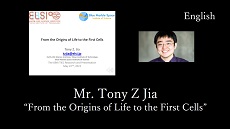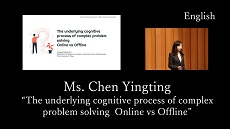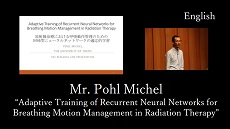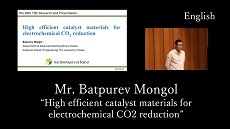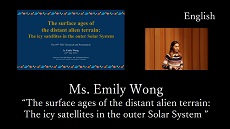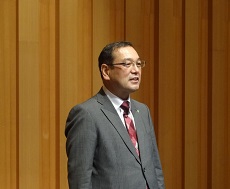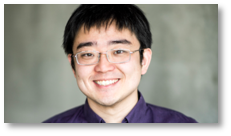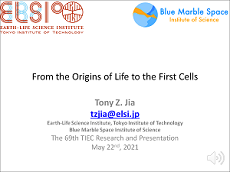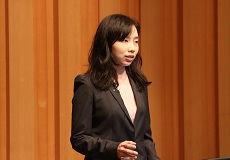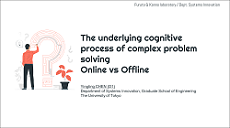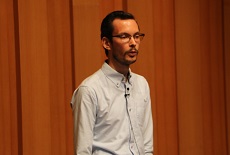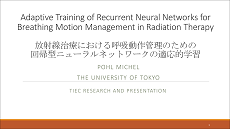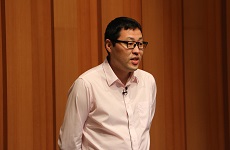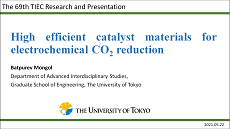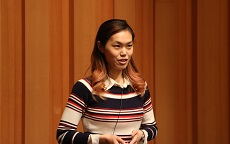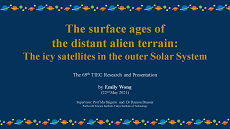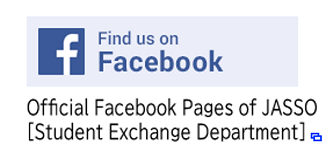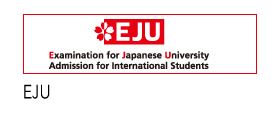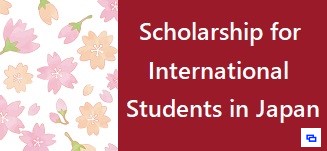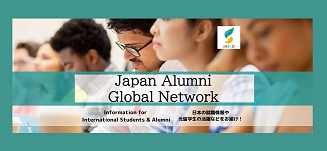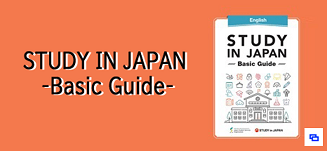|
|
|
|
|
|
|
This event is implemented for promoting interaction among participants and forming intellectual networks.
TIEC residents introduced what they study at thier university or institute through Oral Presentation.
*This time, we held the event without audience due to COVID-19. We took a video of the event and published it on our YouTube channel "TIEC&HIH channel" for a period of time.
1.Date and Time
Saturday, May 22, 2021
14:00pm-15:30pm
2.Venue
International Conference Hall, Plaza Heisei 3F,
Tokyo International Exchange Center (TIEC),
2-2-1 Aomi, Koto-ku, Tokyo
3.Program
1.Opening address
Mr. Toshio Yoshino
Vice President, Japan Student Services Organization / Superintendent, Tokyo International Exchange Center
|
|
2.Oral Presentation
(1) Mr. Tony Z Jia (Earth-Life Science Institute, Tokyo Institute of Technology)
|
|
|
Presentation Title: From the Origins of Life to the First Cells
(2) Ms. Chen Yingting (The University of Tokyo)
|
|
|
Presentation Title: The underlying cognitive process of complex problem solving Online vs Offline
(3) Mr. Pohl Michel (The University of Tokyo)
|
|
|
Presentation Title: Adaptive Training of Recurrent Neural Networks for Breathing Motion Management in Radiation Therapy
(4) Mr. Batpurev Mongol (The University of Tokyo)
|
|
|
Presentation Title: High efficient catalyst materials for electrochemical CO2 reduction
(5) Ms. Emily Wong (Tokyo Institute of Technology)
|
|
|
Presentation Title: The surface ages of the distant alien terrain: The icy satellites in the outer Solar System
4.Q&A
Regarding questions to the presenters and the answers to the questions, please refer to the file below.
*Currently, new questions are not available.
Awards for Good Question
|
|
3 people who asked especially good questions received the prize. The following are the questions from them. (Please check the attachment above "Q&A" for answers to each question.)
(1)June Patrick Bulaon-san(Question to Ms.Chen Yingting)
Great and relevant presentation! I just want to ask two questions:
1. It's interesting that there is less participation during online meetings but 50% more off-topic utterances, why do you think is that the case?
2. It's also insightful that thoughts are more developed during offline meetings compared to online meetings. Given that online meetings will not go out of fashion anytime soon, do you have any preliminary ideas on how to bridge these two gaps?
(2)Aqsa Shakeel-san(Question to Mr.Pohl Michel)
Hi Pohl, you work and results are quiet interesting. I have a question from slide 13 (Results: Prediction Performance accuracy), the bar graph for mean absolute error also shows good results for SnAp-1 compared to UORO. And better results (Maximum error) than UORO for irregular breathing. From your results SnAp-1 seems like another promising technique. So what are the disadvantages of SnAp-1 over UORO? Why should one opt for UORO rather than SnAp-1?
(3)HU-san(Question to Ms.Emily Wong)
Thank you for this wonderful presentation! I understoond your methodology for measuring the age of moon. And I also noticed that you mentioned a different density of crater for a satellite. I just curious how do you evaluate the effect of rotation and revolution of a satellite on the crater density? As we know, the rotation and revolution of our moon are same, so we can not observe the "back face" of our moon. In this case, the "back face" of our moon is always face to outer space, and perhaps, the probability of crater formation is much much higher. That is the case of rotation = revolution. So, how about other cases? Like 1 rotaion period = 2 revolution or 10 rotation period = 1 revolution? Should this effect be considerd in your surface age measuring model, and give some adjustment value?
5.Viewing fee
Free
*Everyone can view the videos
6.Language
Japanese and English (Original voice and simultaneous interpretation voice)
- *Subsidized by the Nakajima Foundation
- Back number
-
- The 79th TIEC Research and Presentation
- The 78th TIEC Research and Presentation
- The 77th Research and Presentation by TIEC Residents
- The 76th Research and Presentation by TIEC Residents
- The 75th Research and Presentation (ONLINE) by TIEC Residents
- The 74th Research and Presentation(ONLINE)by TIEC Residents
- The 73rd Research and Presentation (ONLINE) by TIEC Residents
- The 72nd Research and Presentation (ONLINE) by TIEC Residents
- The 71st TIEC and The 17th HIH Research and Presentation (Global Understanding Workshop)
- The 70th Research and Presentation (ONLINE) by TIEC Residents
- The 69th Research and Presentation (ONLINE) by TIEC Residents
- The 68th Research and Presentation (ONLINE) by TIEC Residents
- The 67th Research and Presentation (ONLINE) by TIEC Residents
- The 66th Research and Presentation by TIEC Residents(January 18th, 2020)
- The 65th Research and Presentation by TIEC Residents
- The 64th Research and Presentation by TIEC Residents
- The 63rd Research and Presentation by TIEC Residents
- The 62nd Research and Presentation by TIEC Residents
- The 61st Research and Presentation by TIEC Residents
- The 60th Research and Presentation by TIEC Residents
- The 59th Research and Presentation by TIEC Residents
- The 58th Research and Presentation by TIEC Residents
- The 57th Research and Presentation by TIEC Residents
- The 56th Research and Presentation by TIEC Residents
- The 55th Research and Presentation by TIEC Residents
- The 54th Research and Presentation by TIEC Residents
- The 53rd Research and Presentation by TIEC Residents
- The 52nd Research and Presentation by TIEC Residents
- The 51st Research and Presentation by TIEC Residents
- The 50th Research and Presentation by TIEC Residents
- The 48th Research and Presentation by TIEC Residents
- The 47th Research and Presentation by TIEC Residents
- The 46th Research and Presentation by TIEC Residents
- The 45th Research and Presentation by TIEC Residents
- The 44th Research and Presentation by TIEC Residents
- The 43rd Research and Presentation by TIEC Residents
- The 42nd Research and Presentation by TIEC Residents
- The 41st Research and Presentation by TIEC Residents
- The 40th Research and Presentation by TIEC Residents
- The 39th Research and Presentation by TIEC Residents
- The 38th Research and Presentation by TIEC Residents
- Contact
-
- Strategy Planning Unit, Student Exchange Programs Planning Division, Student Exchange Department, Japan Student Services Organization
-
- TEL 03-5520-6012
- E-mail tiecproject at mark jasso.go.jp
- Please convert "at mark" to @ when you send an e-mail to us.
-
-
-
-

